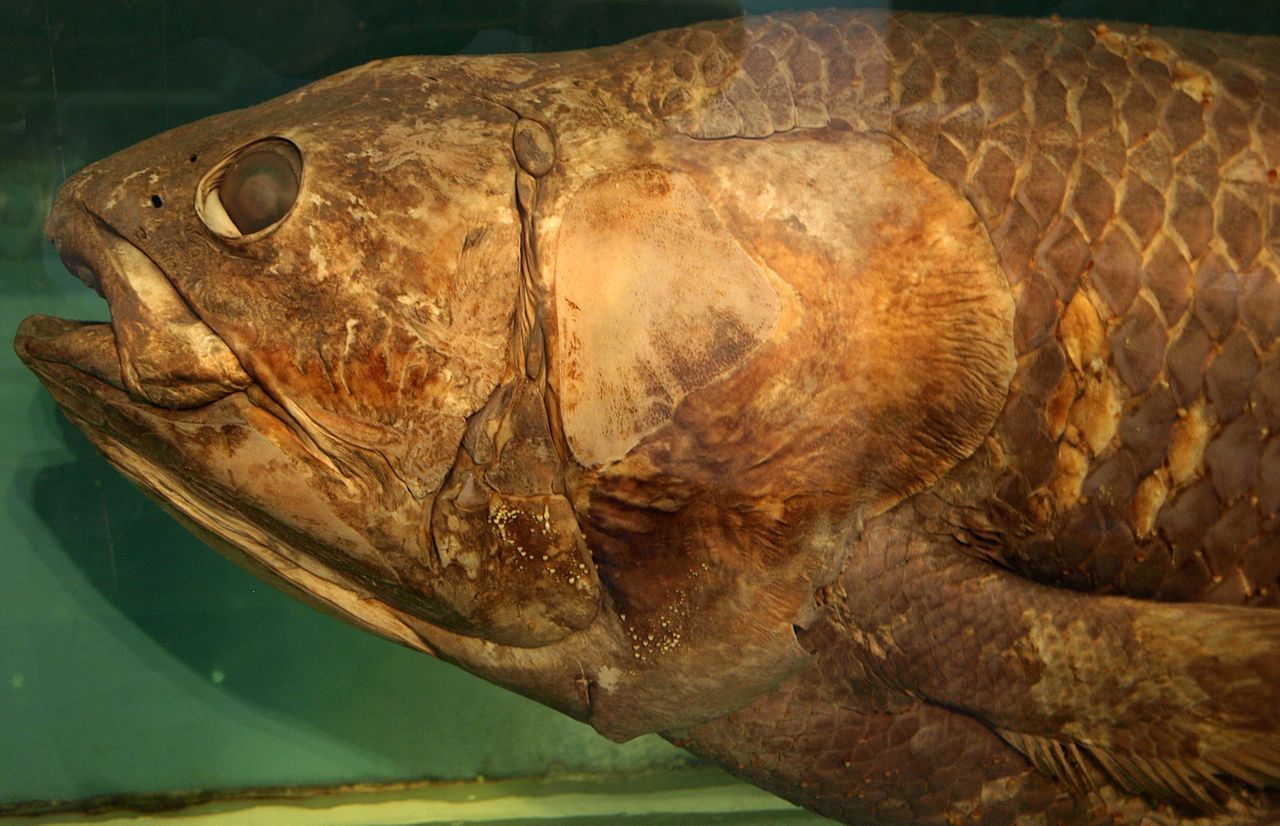
Fish scales are serving as the inspiration for a new type of body armour funded by the U.S. Army.
American and Israeli researchers have produced prototypes of the armour, which mimics the overlapping layers of hard scales and soft tissues found in certain fish, using 3D printers.
The synthetic body armour combines an upper layer of stiff plates with a flexible lower matrix. Preliminary testing shows that by making subtle alterations to the material, its resistance to penetration can be increased by a factor of 40 whilst flexibility is reduced by less than a factor of five.
The armour will now face extensive testing with bullets and fast-moving projectiles. As well as military uses, it could also be used to protect astronauts from radiation and micro-meteorites when conducting spacewalks.
Researchers from the Technion-Israel Institute of Technology in Haifa and Massachusetts Institute of Technology (MIT) were led by Professor Stephan Rudykh of the Technion.
"Many species of fish are flexible, but they are also protected by hard scales," said Rudykh. "The secret behind this material is in the combination and design of hard scales above with soft, flexible tissue below."
The U.S. Army Research Office backed the research through the MIT Institute for Soldier Nanotechnologies, suggesting that the armour was being developed for future use in combat situations.
The flexibility of the armour can be fine-tuned according to need, meaning that full-body suits with more supple areas around joints to enhance the wearer's ease of movement.
The current body armour used by the U.S. military is primarily made of Kevlar, a high-strength synthetic fibre first developed in the 1960s. A Polish company recently announced it had developed a liquid for use in body armour which could provide more protection than traditional Kevlar-based armour. The liquid, called Shear-Thickening Fluid, hardens upon impact and disperses the impact of a bullet across a wider area in order to prevent damage to internal organs.
Biomimicry is the process of copying naturally-occurring materials to provide solutions to human problems. Researchers at Northeastern University in Boston are currently researching how to combine properties adapted from fish scales with those of snakes and butterflies in next-generation body armour.
Uncommon Knowledge
Newsweek is committed to challenging conventional wisdom and finding connections in the search for common ground.
Newsweek is committed to challenging conventional wisdom and finding connections in the search for common ground.
About the writer
Conor is a staff writer for Newsweek covering Africa, with a focus on Nigeria, security and conflict.
To read how Newsweek uses AI as a newsroom tool, Click here.








